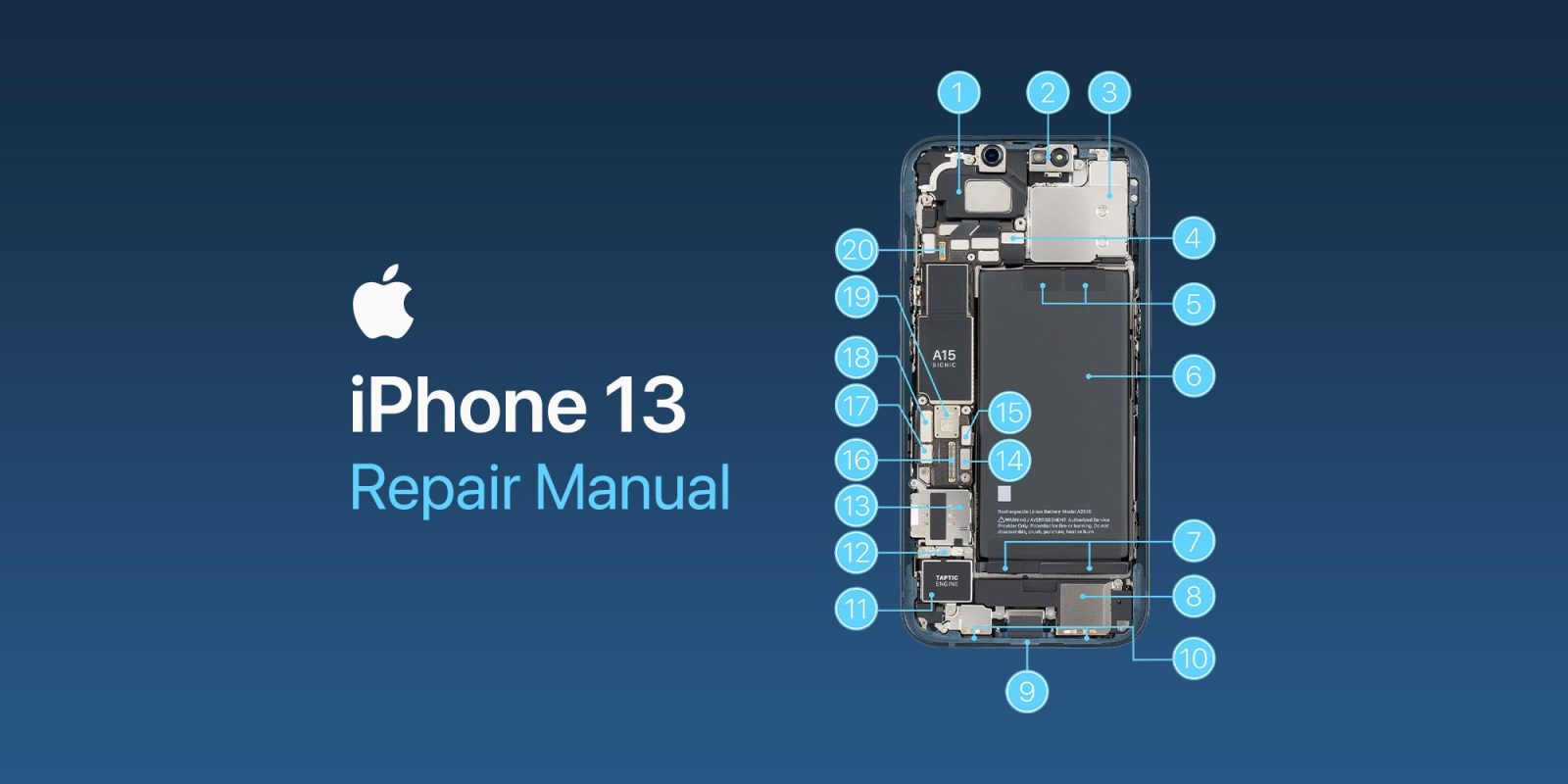
After months of waiting, Apple is finally rolling out its self-service repair program for selected iPhone models in the US. Starting now, users can buy parts of iPhone 12, 13, and SE 3 directly from Apple, but is it worth it? Here’s what iFixit has to say about the program.
iFixit is well-known for teaching people how to fix tech products; it’s also famous for giving repair scores for Apple’s new products and showing us what’s inside of them. With this much knowledge, iFixit’s Elizabeth Chamberlain says this program is great – “anything that enables more people to do repairs is great news” – but she says there’s a catch.
The biggest problem? Apple is doubling down on their parts pairing strategy, enabling only very limited, serial number-authorized repairs. You cannot purchase key parts without a serial number or IMEI. If you use an aftermarket part, there’s an “unable to verify” warning waiting for you. This strategy hamstrings third-party repair with feature loss and scare tactics and could dramatically limit options for recyclers and refurbishers, short-circuiting the circular economy.
Over the next year, Apple plans to extend the program to M1 MacBooks and also to European customers, with other products and markets coming on a later date. The company will also support older iPhone models, although it’s not clear when.

Chamberlain praises the program by saying iFixit is really happy to see ”Apple making repair manuals available for everyone for free online. (…) The manuals are written with these heavy-duty tools in mind, even though it’s hard to imagine that most DIY fixers would want to go through the expense or hassle of acquiring this much equipment.” But, also, there’s a catch, as iFixit claims the program ”doesn’t do what Right to Repair legislation around the world aims to do.”
While it’s a great step for repair, and a change of course for the mighty Apple, the program doesn’t do what Right to Repair legislation around the world aims to do. A true right to repair will give independent repair shops a chance to compete in the repair marketplace, bringing down the cost of repairs for everyone. Unfortunately, this program expands the freedom to repair with one hand, while locking the door with the other. Integrating a serial number check into their checkout process is a dire omen and could allow Apple the power to block even more repairs in the future. Building the technology to provision individual repairs easily sets Apple up as the gateway to approve—or deny—any repairs in the future, with parts from any source.
You can read the detailed report here.
FTC: We use income earning auto affiliate links. More.



Comments